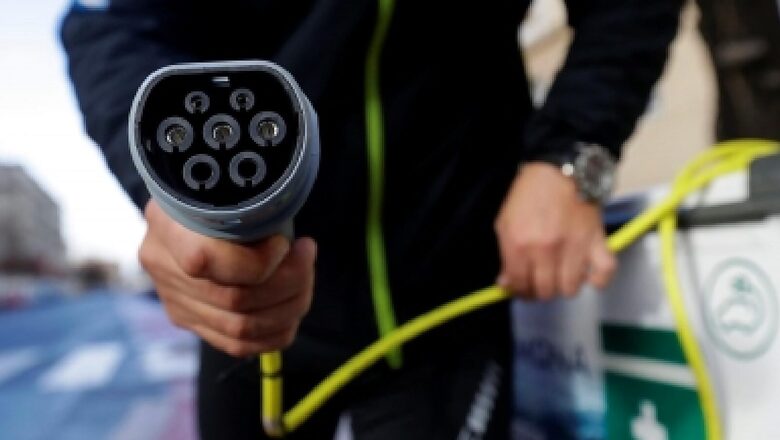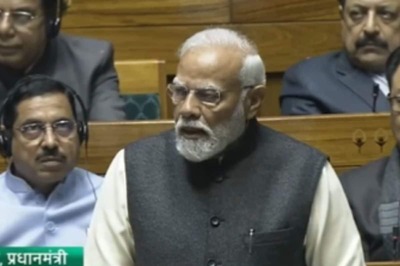
views
India’s electric vehicles (EV) value chain revenue pool is expected to reach USD 76-100 billion by 2030, potentially translating to a USD 8–11 billion profit pool, a report said on Thursday.
According to the report released by Bain & Company, the domestic EV sector has already seen USD 3.7 billion in private equity and venture capital investments in this space over the past three years, and this number looks set to increase significantly as the industry transforms.
The domestic automotive market is poised for rapid EV growth due to the convergence of factors, including government incentives, improving cost competitiveness, and original equipment manufacturer (OEM) investment in the industry, along with increased customer readiness and awareness, it said.
The report indicates that 35–40 percent of all vehicles sold in India by 2030 will be EVs, up from 2 percent in 2022. This equates to approximately 14 million to 16 million new EVs sold each year.
Also Read: Mahindra CEO Not Planning to Launch EVs in US Until Next 5 Years
It also noted that driven by a host of factors, the electric two- and three-wheeler segments will be vanguards for the adoption of these vehicles, achieving 40–45 percent of penetration by 2030.
The 4W electric passenger vehicles (PV) segment, which includes passenger cars, utility vehicles, and multipurpose vans, is expected to fall behind the adoption curve. This segment is still expected to account for 15–20 percent of total 4W PV sales by the end of this decade, it stated.
“Contributors to the auto revenue and profit pools in 2030 will be significantly different from those in today’s automotive industry. While 40–50 percent of this revenue pool will come from the auto OEMs, it will be significantly altered in nature and composition.
“New business opportunities such as a battery (13 percent), charging (8 percent) and mobility (6 percent) will emerge and scale,” said Deepak Jain, a partner at Bain & Company.
Interestingly, four-wheeler electric PVs will constitute the largest segment of the revenue pool by about 41 percent by value, despite seeing relatively lower penetration and volumes, followed closely by two-wheelers at 33 percent.
Electric buses will also see a penetration curve similar to that of PVs by 2030, driven in large part by state transport undertakings focused on fleet electrification for intra-city transport, it added.
“While we believe that deep EV penetration in India by 2030 is a realistic scenario, five key areas need to align to make it a reality. First, global battery prices need to fall 20-30 percent over the long term to drive competitiveness; second, OEMs need to build a sustainable EV-specific business model for the Indian market.
“Third, a sustained focus on safety particularly for batteries; fourth, continued regulatory and incentive support from the government; and lastly, India’s charging infrastructure will need to significantly expand to support the projected volume of EVs on the road,” said Mihir Sampat, partner at Bain & Company.
Read all the Latest Auto News here

















Comments
0 comment